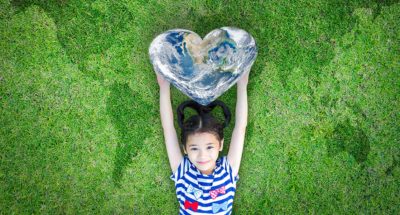
Wishes for the World: A Loving-kindness Activity
Students “fill” an imaginary ball with friendly wishes and “send it off” to the world.

Students “fill” an imaginary ball with friendly wishes and “send it off” to the world.
Take a few deep breaths and consider colleagues, friends, students, and strangers you might send good wishes to before you begin. If you like, you may try this Loving-Kindness Meditation that includes a script and audio recording.
This practice, from Susan Kaiser Greenland’s Mindful Games, is a wonderful adaptation of Loving-kindness meditation for older children and adults.
Excerpted from Mindful Games by Susan Kaiser Greenland © 2016 by Susan Kaiser Greenland. Illustrations © 2016 by Lindsay DuPont. Reprinted in arrangement with Shambhala Publications, Inc. Boulder, CO. Shambhala.com
How did students respond to this practice? Do you notice if they are expressing more positive emotions or are more optimistic as a result?
Researchers have discovered that toddlers as young as 14-months demonstrate a natural capacity for kindness, but this capacity must be nurtured through healthy relationships with adults and peers—the foundation of a positive school climate.
Studies have found that kind students who are well-liked by their peers are helpful, cooperative, and emotionally well-adjusted. In addition, students who show kindness at a young age achieve greater academic and social success in the long-run.
This practice, inspired by loving-kindness meditation (which has been found to have a positive impact on adults’ empathy, compassion, and social connection), cultivates young students’ innate kindness by asking them to send friendly wishes to the world.

Do you want to dive deeper into the science behind our GGIE practices? Enroll in one of our online courses for educators!
Comments